Humans have shaved since – I strongly suspect – we were able to make a sharp edge. Some years back I posted about bronze age razors. Quite a few more years before back Egyptologist Howard Carter discovered the tomb of Tut’ankhamūn, an Egyptian pharaoh from the late bronze age. More importantly for us, Carter discovered Tut’ankhamūn’s razor-box as well as a few razors among the contents of the tomb.
As Nicolas Reeves wrote in The Complete Tutankhamun:
Razors in Egypt were employed not only to shave the face but other parts of the body also, including the head. A hieratic docket scribbled in ink on the white-painted box no. 68 from Tutankhamun’s tomb records that it had originally contained ‘The equipment of His Majesty life! prosperity! health! when he was a child. Contents: copper handled-razors, knife-razors, and ewers; linen.’ – i.e. the royal shaving tackle. When found, the box contained nothing more than two cloth ‘pads’, a bundle of cloth and a clay sealing; it had evidently been emptied by thieves, who carried off for their metal content all but one knife-razor which Carter recovered from the Annexe floor (no. 620:53, 18cm ( c . 7in) long). A further group of razors (no. 12g), which may or may not be associated with the equipment of this particular box, was found in the fill of the tomb’s entrance corridor.
A few thousand years in hindsight, the box itself isn’t too spectacular – but we got to recall that it was not only made roughly 3350 years ago, but it was also made to be an everyday object – not a work of art, but a work of craft.
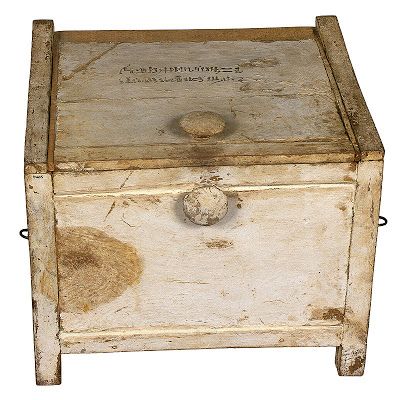
The inside of the box was divided into several compartments. Each compartment would, presumably, hold part of the boy king’s shaving tackle. In the middle of the box there are slots for four razors.1 On either side there are smaller partitions with lids. It is unknown what was contained in these, but it was likely not shaving brushes and soaps.
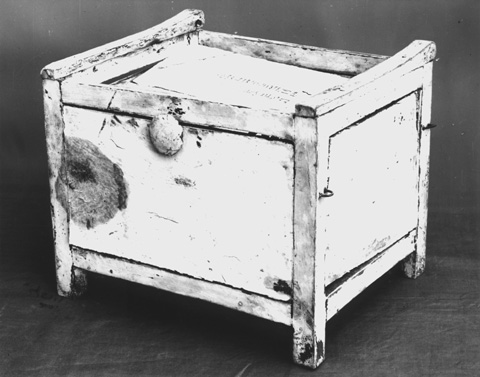
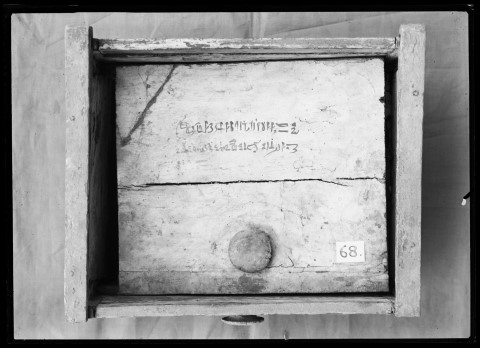
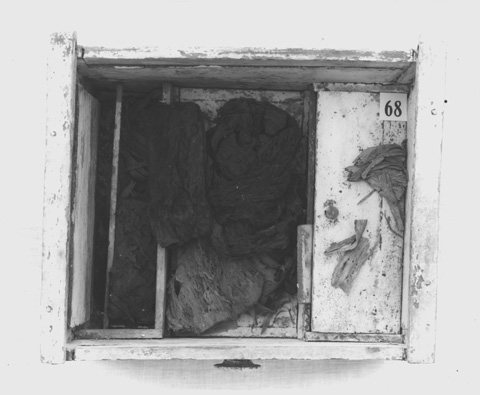
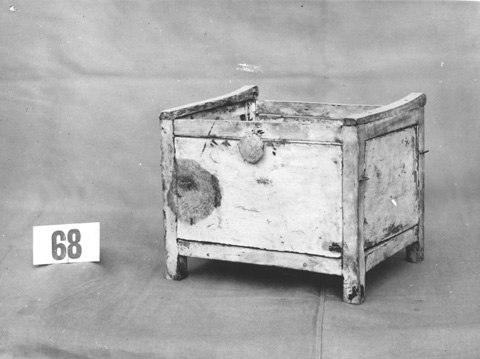
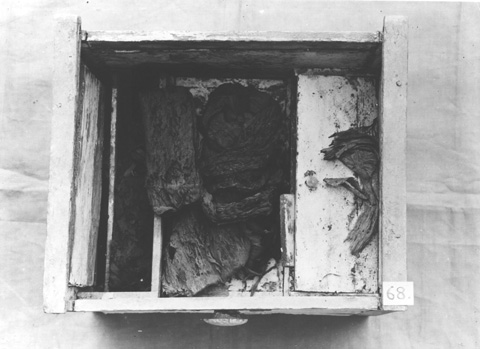
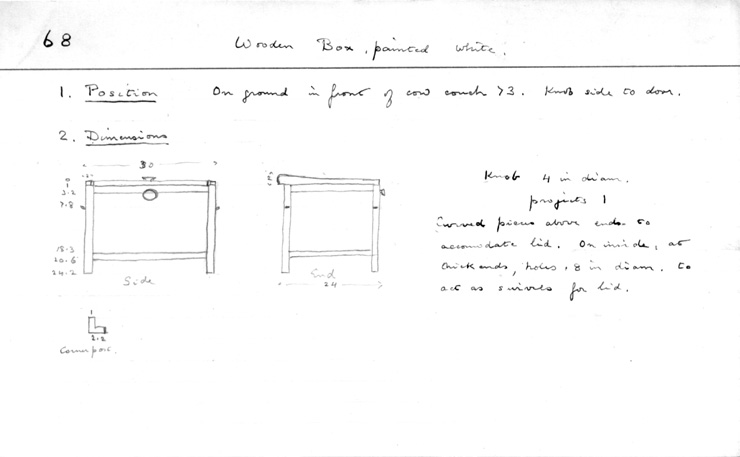
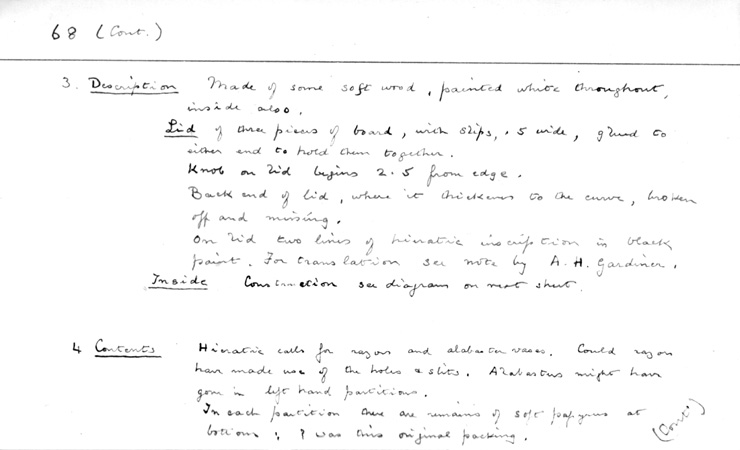
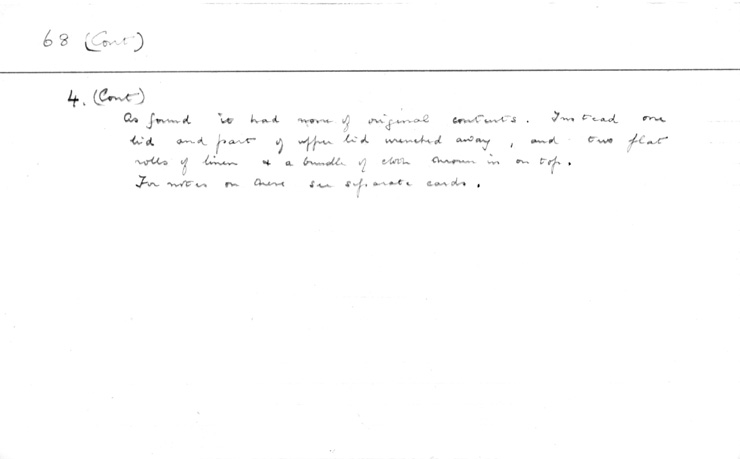
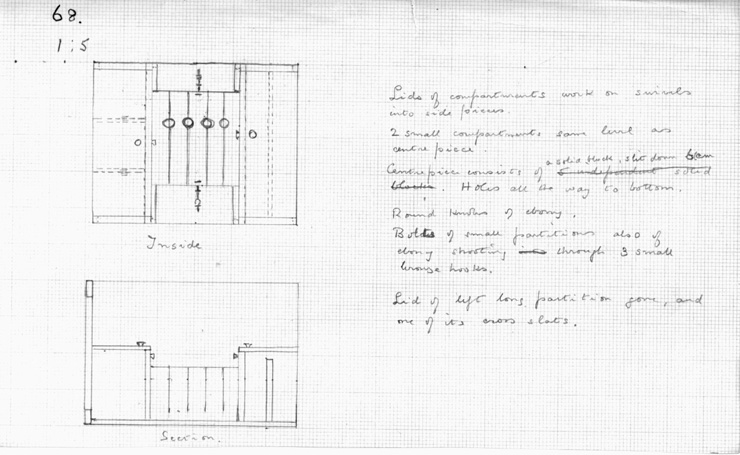
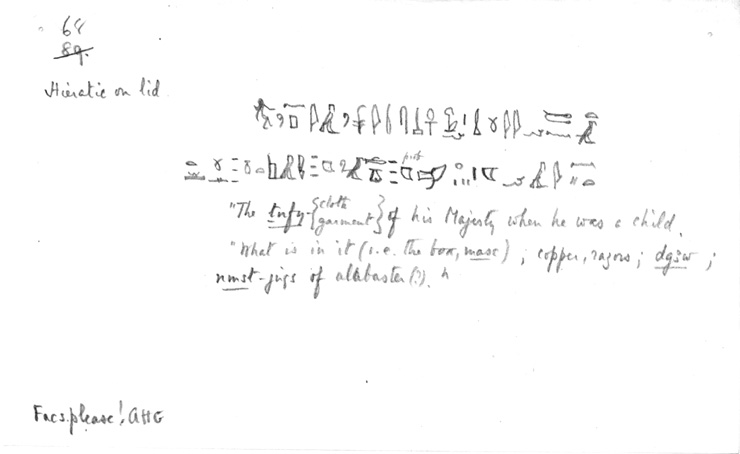
As can be seen from the original photos and the card, the box had been broken into by the grave robbers who made their way into the boy king’s tomb3 shortly after his burial. This caused the loss of the contents, but fortunately a bronze razor were discovered on the floor. Some more razors were discovered in entrance corridor, but it is uncertain if these came from the tomb originally.
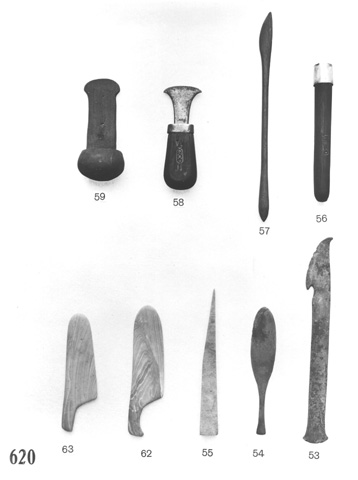
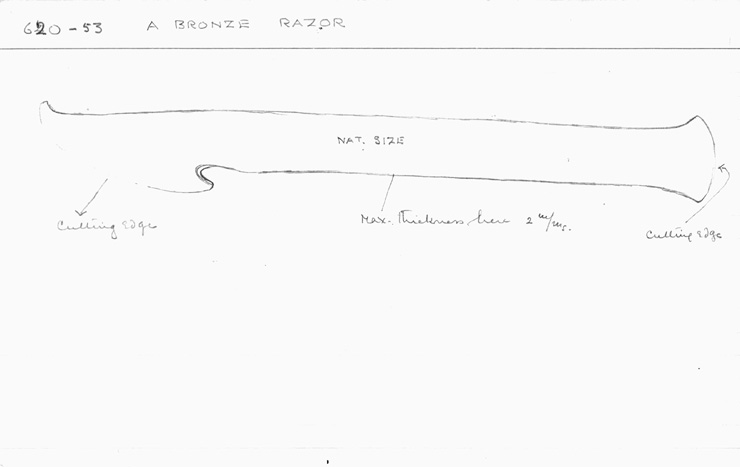
The bronze razor that was found near Tut’ankhamūn’s Razor-Box has two cutting edges. A long one that is more or less parallel to the handle, and a shorter one that is 90° on the handle.
While most of the content from Tut’ankhamūn’s razor-box is lost to time, it is interesting to have a look at what shaving gear worthy of a king looked like 130-140 generations ago. And while it most likely represented the cutting edge of shaving technology in 1330 BCE, it don’t hold a candle to the gear I use today.
Footnotes
- In other words, a 18th Dynasty Pharaoh didn’t rate a seven day razor set – and was nowhere close to the number of razors I have in my rotation…
- Photos and scans from the Griffith Institute, used under Fair Use rules.
- The tomb was burglarized and restored at least twice in antiquity.
- Photos and scans from the Griffith Institute, used under Fair Use rules.

Pingback: Shaving case - Wegian WetshavingWegian Wetshaving